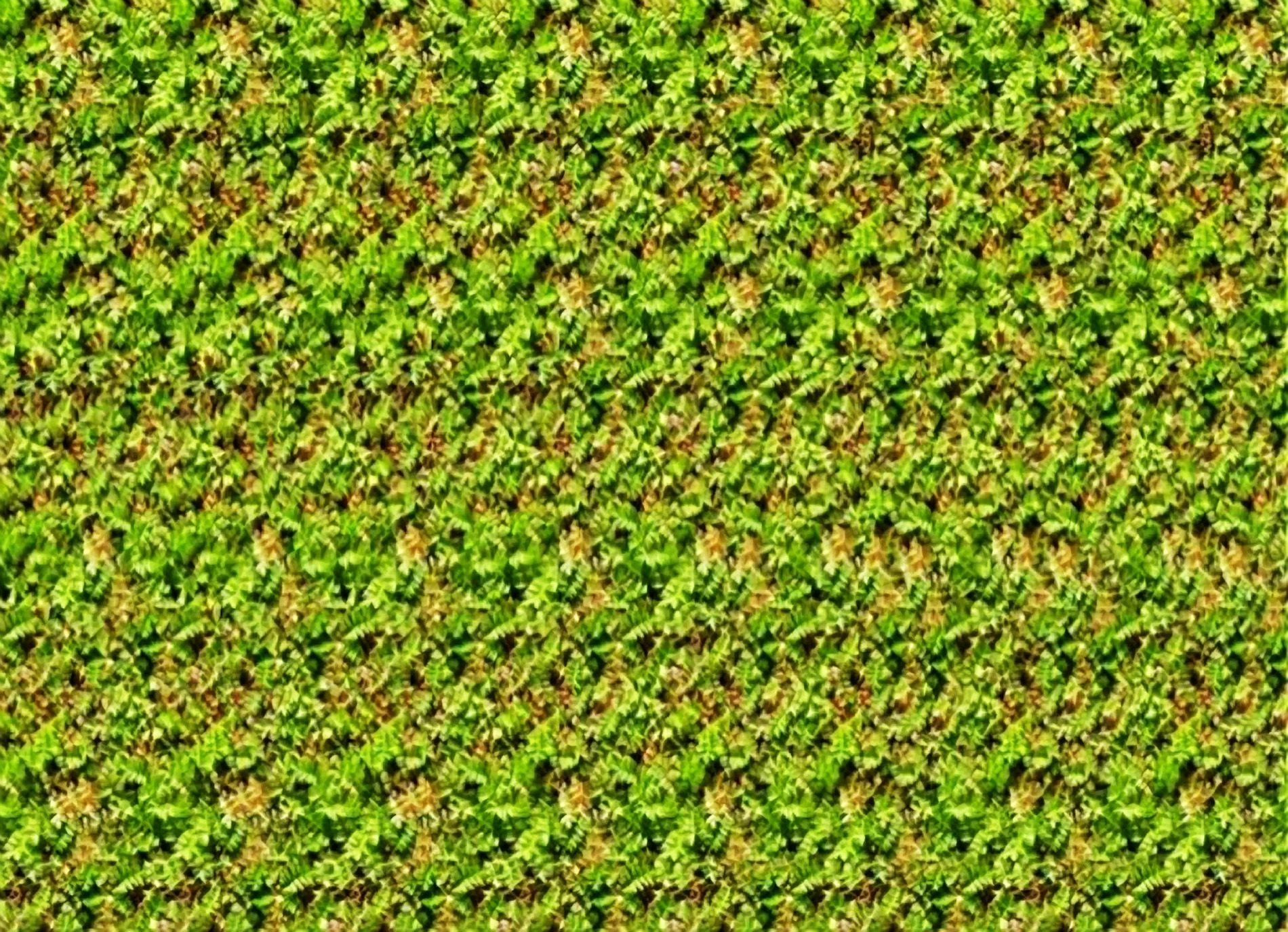

Finally, post-processing via a framebuffer was added to slightly blur the grid before displaying it on the screen. Next, color was added via keyboard activated presets and random rgb multipliers to switch up the illusion and make it more interactive. This creates a periodic pulsing that changes phase after a set amount of time. The brightness was then modulated via a two-phase saw-tooth like function over time, with one phase increasing value from 0-1 and jumping back to zero over time and other phase decreasing from 1-0 before jumping back to one. To begin, 100 quads were drawn a grid pattern on the screen with random starting brightness values from 0-1. The illusion was generated with OpenGL, as it offered comprehensive graphics possibilities.

To simulate change in depth and illusory motion, without changing the focus or any using actual motion. Here are the results of using the batman logo on two trials with dots sized 4 and 5 respectively: The program takes in an image provided by the user (with the alpha channel corresponding to the depth of the pixel) and shifts the red plotted dots based on the picture to create the output illusion image. This concept was implemented using python (graphing the points with matplotlib). In the stereogram, however, the entire image falls on the horopter, requiring disparity to be coded via shifting of the red/cyan dots to artificially create a 3D effect with red-bue glasses. surface on which objects fall on corresponding points in both retinas, while points inside or outside of it will have various magnitudes of disparity and can fall on non-corresponding retinal points. Naturally, the image that is fixated upon falls on the horopter, i.e. Technically, this is accomplished via false binocular disparity. Binocular disparity is the difference in image location of an object seen by the right and left eyes, due to their horizontal separation. The random dot stereogram simulates a 3D image with with red-blue glasses, as each eye only receives input from one of the colors, and so tricks the brain into extracting depth information from a flat image.


 0 kommentar(er)
0 kommentar(er)
